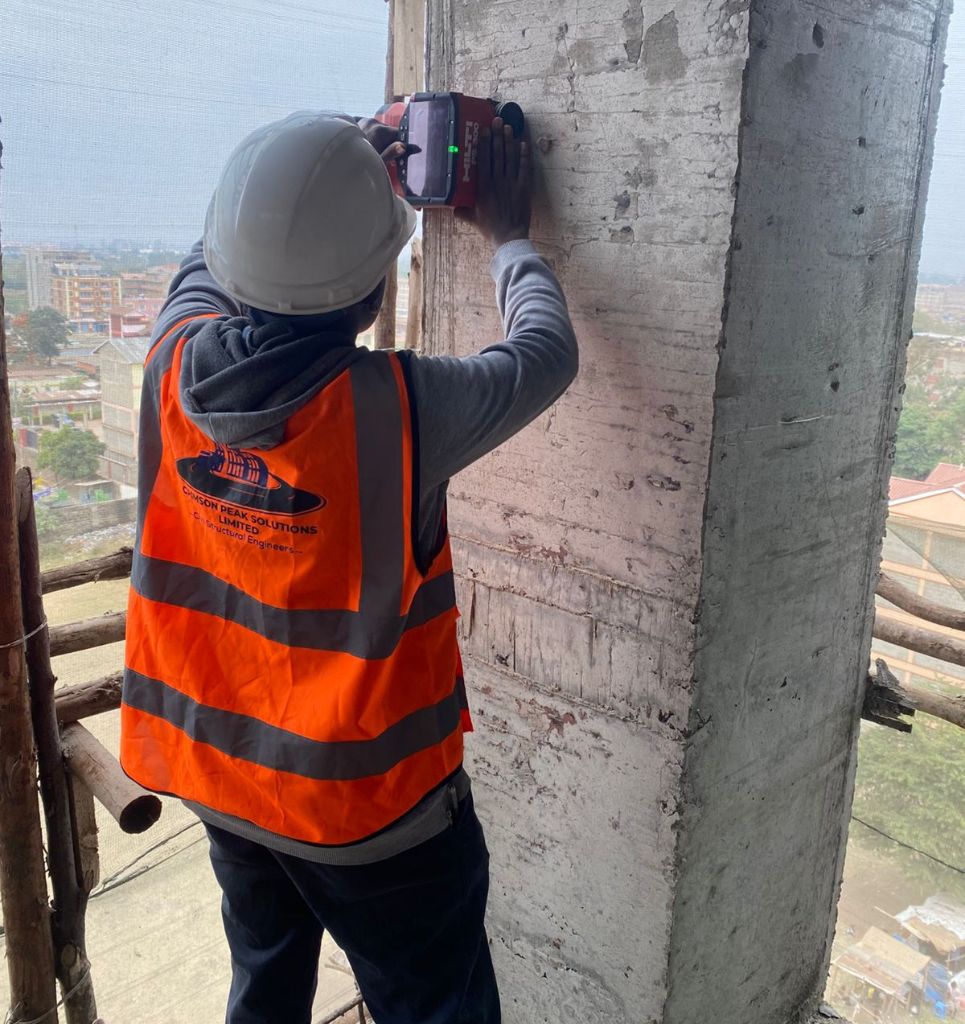Structural Integrity Audits
Comprehensive assessment of a building’s or infrastructure’s ability to perform its intended function safely over its service life. These audits are critical for ensuring public safety, complying with regulations, and identifying potential failures before they become catastrophic.
With extensive experience, Crimson Peak Solutions' Structural Integrity Audits team combines industry expertise with cutting-edge technology to deliver thorough planning services that save time, reduce costs, and minimize project risks.
Projects on Schedule
Average Cost Savings
Successful Plans

Risk Reduction
85% fewer project delays
Key Elements of a Structural Integrity Audit
A systematic approach that ensures comprehensive planning and risk mitigation
Visual Inspection
Cracks, corrosion, water damage, deformations, settlements. Common focus areas: columns, beams, slabs, joints, foundations.
Material Testing
Concrete: Core testing, rebound hammer, carbonation depth. Steel: Ultrasonic testing, radiography, tensile strength. Non-destructive tests (NDT): Ground penetrating radar (GPR), ultrasonic pulse velocity.
Load Analysis
Check if current structural load aligns with original design specs. Assess changes in use or added loads (e.g., new equipment, extensions).
Design & Drawings Review
Compare as-built conditions to original design drawings and specifications. Identify unauthorized modifications or construction deviations.
Foundation and Soil Investigation
Geotechnical review if signs of settlement or instability are detected.
Compliance Check
Assess against local/national building codes (e.g., IBC, Eurocodes, IS codes). Seismic safety, fire safety, wind load resistance (depending on location).
Why Structural Integrity Audits Matters
Investing in thorough Structural Integrity Audits delivers measurable benefits throughout your project lifecycle
Cost Control
Accurate budgeting and cost estimation prevent overruns and ensure financial predictability.
Average cost savings
Time Efficiency
Detailed scheduling and coordination minimize delays and optimize project timelines.
Faster project delivery
Risk Mitigation
Early identification and planning for potential issues reduces project risks significantly.
Fewer project delays
Quality Assurance
Thorough planning ensures quality standards are defined and maintained throughout construction.
Client satisfaction rate
Stakeholder Alignment
Clear communication and documentation ensure all parties are aligned on project objectives.
Stakeholder buy-in
Sustainability
Environmental considerations and sustainable practices are integrated from the planning phase.
Reduced environmental impact
Tools & Technology
Advanced software and methodologies that enhance our planning capabilities
BIM Software
Autodesk Revit, Navisworks for 3D modeling and coordination
Project Scheduling
Primavera P6, Microsoft Project for comprehensive scheduling
Cost Estimation
RSMeans, Sage Estimating for accurate cost modeling
Risk Analysis
Monte Carlo simulation and risk assessment tools